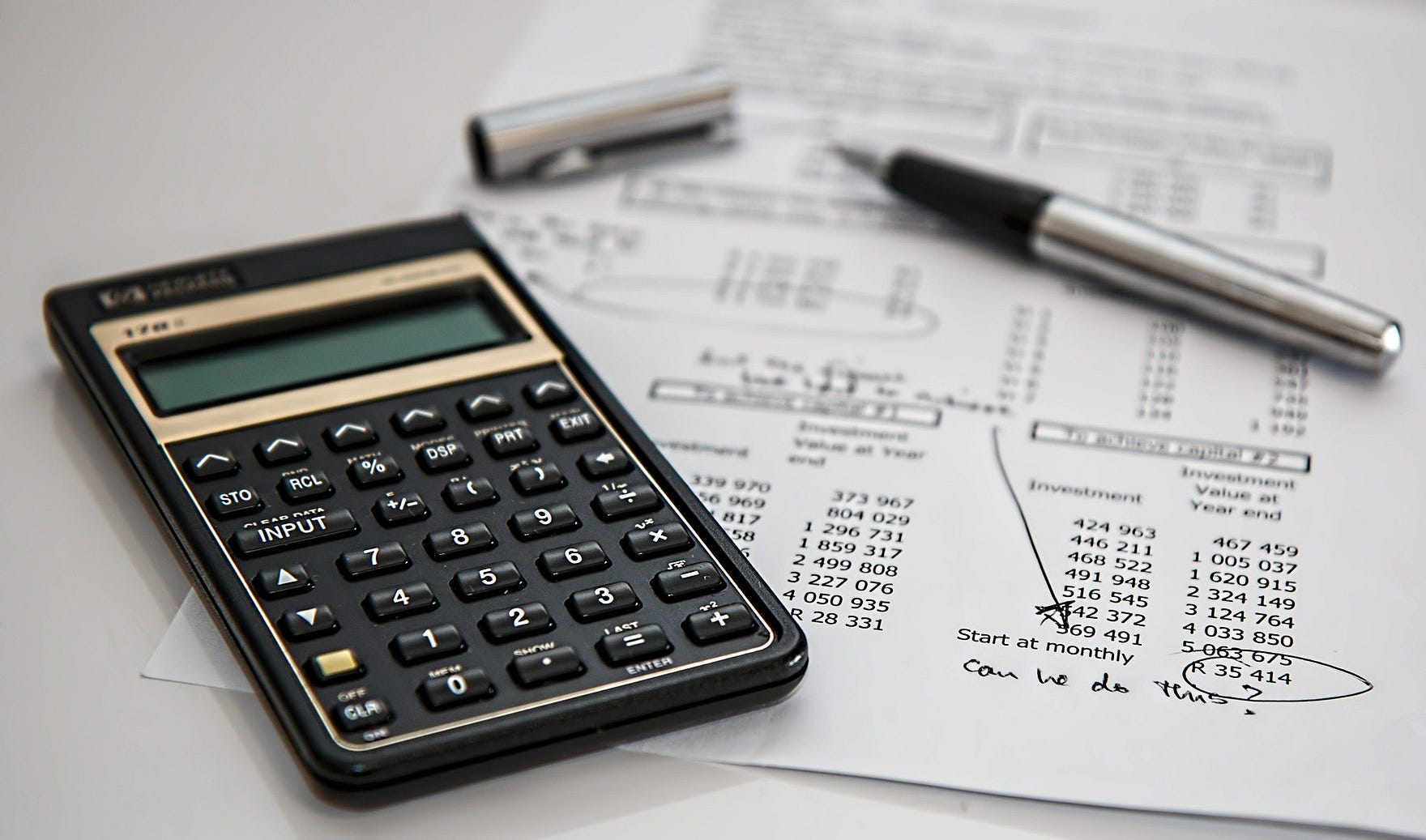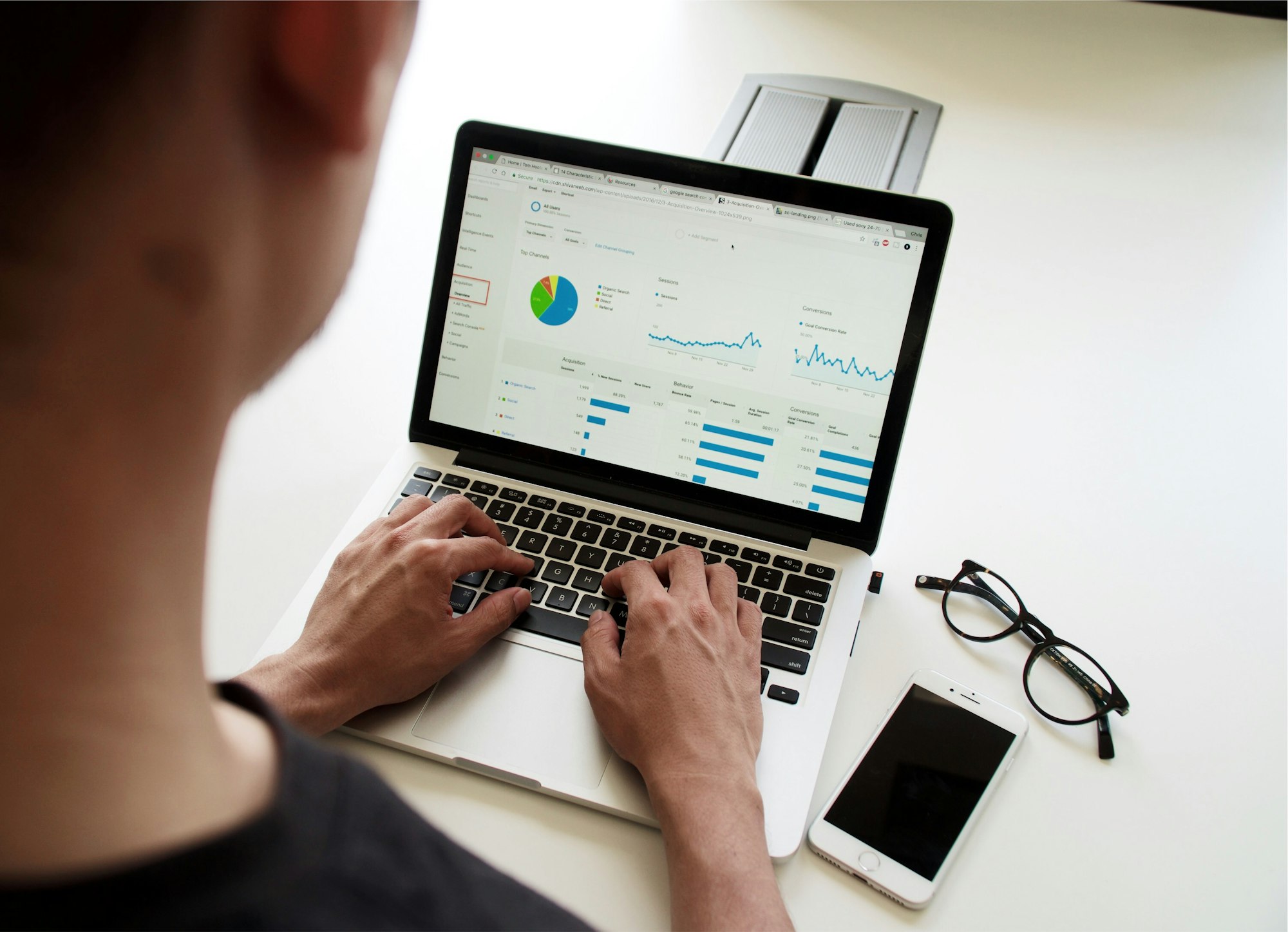Accounts Payable automation (AP Automation) helps to streamline and automate accounts payable processes for better visibility and control over your financial data.
According to Sterling Commerce White Paper, the financial benefits of automation includes:
- Save up to 90 percent in accounts payable processing
- Error reduction by 37 percent on all types of invoices
- Saving up to 67 percent in the storage costs over ten years amount
Accounts payable is not only paying vendor bills, but managing accounts payable is part of running your business efficiently. Implementation of good account payable software can help you to eliminate late payment fees and build good business relationships with your vendors.
Most of the organizations have a complex hierarchy and approval processes for the accounts payables. Account payables automation ensures that purchase orders and vendor bills or purchase invoices are approved and processed quickly and efficiently. Faster processing time for account payables gives your organisation more options for controlling cash flow. Here in this article, we have listed everything you need to know about accounts payable and its automation with account payable software.
What is Accounts Payable?
Every company purchases goods or services from their vendors or suppliers. When a company buys products or services on credit from their vendor, they need to pay back to the supplier before the payment due date. This accounting entry made in the books is known as accounts payables (AP).
So account payables are what you owe for items or services purchased on credit. Any time you are buying goods or services from your vendor, the amount you owe for products and services is added to your account payables balance.
In all companies, an Accounts Payables department is responsible for making payments owed by the company to vendors and other creditors. As these items or services were purchased on credit, you need to make payment for the due amount within a specific time. Your vendor or supplier can charge a late fee if the amount is not paid before the due date.
Accounts payables is a liability account. If your company is using the double-entry accounting method, the liability amount will be posted as a credit, with a corresponding debit entry made to an expense account. Accounts payables appear under current liabilities in the balance sheet.
What is the difference between Accounts Payables and Accounts Receivables?
Accounts payables are the amount you owe to your suppliers or vendors for the products or services purchased on credit. Accounts payables are liabilities as it is money that is owed by your company.
Accounts receivable is money owed to you by your customers for goods or services provided by you on credit. Accounts receivable balances are assets, as this money is owed to you by your customers.
How do the Manual Accounts Payable Process Work?

The manual accounts payable process requires accountants to manage the entire process by manual data entry, matching numbers to ensure that Purchase Order matches the bill and goods delivery. Manual processing of accounts payable is costly and prone to error.
If any manual error happens during the processing of a bill, then there will be a delay in processing the bill payment, which may deteriorate your vendor relationships. Accounts Payable process includes the following steps:
Receiving the bill:
The accounts payable process begins when a purchase invoice or bill is received. In the manual method, you may receive bills in different forms, such as fax, email, mail, or hand-delivered by the vendor. Different people in various departments may collect these bills.
Bill is assigned internally for processing:
Once a bill is received, it is forwarded or assigned to the right person, such as an accountant or department manager or accounts payable specialist, for further processing.
Verifying the bill for details:
The person in charge needs to verify the vendor’s name, authorisations, date, requirements, and match all this with the purchase order shared with the vendor previously.
Updating the records:
The purchase invoice or bill details should be updated in the ledger accounts. Expense entry is added to the books of accounts.
Bill approval:
Each bill is reviewed and approved. In every organised company, the bill approval process includes verifying that the expense was initially approved by management, and goods or services were delivered before the payment is issued to the vendor. This also includes bill verification, so that bill is not a duplicate.
Bill payment:
Once vendor bills are verified and approved, most organizations issue checks to vendors. Accountants or admin staff sends these cheques to the vendor via mail. Once the bill payments are made, the creditor’s ledger account is closed in the books. This reduces the liability added to the books earlier.
Why the accounts payable process have internal controls?

The accounts payable process varies from company to company. It depends on the Organizations hierarchy and also the process they follow before making a vendor payment. Every organisation must have guidelines or procedures for accounts payable processing. Manual processing of bills is time-consuming and also prone to errors. Accounts payable process should have internal controls and processes to:
- avoid paying for a fraudulent bill
- prevent paying for an inaccurate bill
- avoid paying a vendor bill twice
- to ensure that all vendor bills are accounted for
What is Accounts Payable Automation?
Accounts Payable automation refers to streamlining and automating accounts payable processes by implementing account payable software. Account Payable software helps you in removing manual tasks and provides visibility and control over all financial transactions.
Accounts payable automation enables companies to process supplier bills or invoices without any manual work by providing an automated workflow to manage steps previously handled manually.
How do the Automated Accounts Payable process work?
Accounts payable automation starts with adding purchase invoice or bill data in the account payable software. This process can be done either by adding a purchase invoice or bill data manually or through scanning documents with optical character recognition (OCR).
Accounts payable automation will then manage the routing of the purchase invoice or bill through the workflow configured in the account payable software.
Accounts payable automation significantly reduces the risk of fraud by giving management and AP staff visibility of purchase invoices or bills across the organisation.
Accounts payable automation can also provide significant cost savings for a company by eliminating manual tasks. Companies can optimise their vendor profile to avoid duplicate payments.
How accounting software helps with automating accounts payable

Accounts payable can be automated by the implementation of an Account Payable software. There are so many cloud-based account payable softwares available in the market to suit companies of all sizes and industries.
Companies looking for accounts payable automation should check the features of different Account Payable software available in the market. To ensure that you find the right account payable software for your company, it is essential that the selected software can support every purchase invoice or bill processing scenario followed by your organisation. Also, checking the latest account payable software will help you understand the latest workflows which can help you in accounts payable automation. Here we have explained the account payable automation process followed by account payable software.
Efficient vendor management
Account payable software helps you to maintain a comprehensive vendor profile. You can view and manage all the vendor related information in one place, which includes vendor address, bank account details, vendor contact person name, phone numbers, etc. With account payable software, you can generate reports to view all the vendor transactions with payment status.
Automated online payments
Account payable software enables you to automate the manual payments by adding vendor bank account details in the vendor profiles. Once the bill or purchase invoice is due, you can just enter the payment amount and pay it online. There are a lot of online payment options available in the market, including credit card payment, stripe, Paypal, amazon payments, etc.
Expense recording
With account payable software, you can link the purchase invoice or bill to the desired expense chart of account. This process allows you to generate expense reporting for management. For example, you can create different charts of accounts such as utilities, fixed expenses, etc., to generate the desired expense reports.
Timely payments with automated alerts
Delayed payments lead to bad relations with your vendors. Manual checking of all the purchase invoices or bills due dates is a very tedious process. In the manual process, the chances of missing deadlines are high. Account payable software generates automated alerts, which will highlight the pending vendor payments.
Audit and Reporting
Account payable software provides a reliable audit trail from initial approval to the final purchase invoice or bill payment process. You can generate financial reports with real-time status for management or investors.
What are the benefits of account payable software?

Account payable software helps you to automate the entire accounts payable process by providing better visibility to data and reports. Here we have listed some benefits of using account payable software:
1. Streamlined and accurate bill processing
Account payable software helps you to eliminate human error caused due to manual processes. It helps you to prevent overpayment and duplicate payments to your vendors. The reports generated by account payable software will highlight the exceptions. Account payable software enables you to manage expense reporting and auditing efficiently and accurately.
2. Realtime monitoring
All business owners want to know the real-time status of their finances. They want to keep track of every outstanding payment to avoid late fees and damage their business relations with vendors. Account payable software provides them full access to the payment cycle. With Account Payable Software, business owners can monitor the payment cycle and avoid delays in payments.
3. Secure access from the web or mobile device
Account payable software allows real-time collaboration, and you can view real-time data anytime, anywhere with the web and mobile app. Account payable software enables real-time reporting and analysis, which will result in a faster month-end closing.
4. Improved relations with vendors
With an Account Payable Software, you can easily track and pay supplier bills, which enables you to serve your suppliers better and maintain long-term business relationships. Timely approval and payment of outstanding purchase invoices or bills will keep you in good terms with your suppliers.
5. Early payment discounts
Nowadays, suppliers are offering discounts for those who pay their purchase invoices or bills on time. Due to manual processes, organizations are frequently missing on these discounts. Organizations that are using account payable software to automate and speed up their bills processing are saving a significant amount by paying their bills on time.
6. Save time and effort
Accounts payable automation makes bill processing and approval faster as all the payables are routed as per your business processes defined in the account payable software. Moreover, managers can use account payable software as a tool to monitor employee performance.
Account payable software allows companies to make the entire account payable process simpler, accurate, efficient, and paperless. It helps in maintaining good relations with your vendors. Account payable software is a must-have software for every organisation.

Sign up today for a free trial of Deskera Books and automate Accounts Payables for your business.
Related Articles









